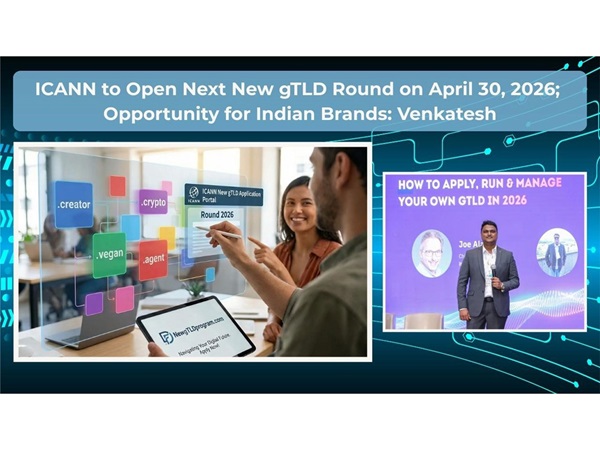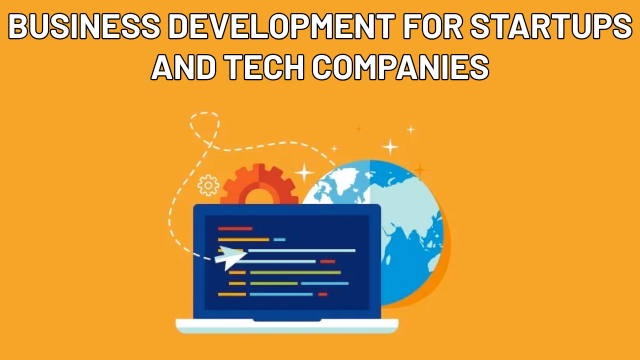In the high-stakes arena of 2025, business development is the fuel that propels startups and tech companies toward scalable success. It’s about more than survival—it’s about building pipelines, forging alliances, and unlocking revenue streams in a tech-driven world. This article delivers a playbook for startups and tech firms to grow strategically and sustainably. From bootstrapped ventures to Series A hopefuls, here’s how to master business development and dominate your niche.
Set Scalable Objectives
Growth without direction is chaos. In 2025, define objectives that scale—think “acquire 1,000 users in Q1” for a startup or “expand into two new verticals” for a tech firm. Tie these to your core offering—a VR startup might target gamers, a B2B tech company could chase healthcare. Use the SMART framework (Specific, Measurable, Achievable, Relevant, Time-bound) in tools like Notion to keep goals tight and trackable.
Map Your Ecosystem
Business development thrives on context. In 2025, chart your industry landscape—competitors, customers, potential partners. Use PitchBook for funding insights or X for trending pain points. A startup selling eco-friendly packaging might target e-commerce brands; a tech firm with AI tools could eye logistics giants. Knowing who’s who—via a simple spreadsheet—helps you pitch smarter and spot collaboration goldmines.
Forge High-Impact Alliances
Partnerships are growth accelerators in 2025. Startups can piggyback on established players—a fitness app syncing with smartwatches gains instant reach. Tech companies might integrate with platforms like Salesforce, tapping their user base. Network at virtual summits, slide into DMs on X, or pitch mutual benefits (e.g., revenue splits). Alliances cut acquisition costs and turbocharge credibility.
Product-Led Growth (PLG)
Your tech is your best salesperson. In 2025, startups and tech firms can drive development through product-led growth. Offer freemium tiers—think Slack’s model—to hook users, then upsell premium features. A cybersecurity startup might give free scans, charging for full protection; a SaaS firm could limit free API calls. PLG scales organically—bake virality (share buttons, referral perks) into your product.
Optimize Your Outreach
Cold calls are dead—smart outreach rules 2025. Startups can email niche leads with personalized hooks—“Saw your X post about slow checkouts; our tool speeds it up.” Tech companies might demo at trade shows or host webinars. Use Hunter.io to find emails, Calendly to book calls. Track open rates and follow-ups in a CRM like Pipedrive. Precision beats spam every time.
Harness Data for Deals
Data is your deal-closer in 2025. Startups can analyze user behavior—via Mixpanel—to pitch features clients crave. Tech firms might use industry benchmarks (e.g., “Our uptime beats 99% of competitors”) to sway prospects. Build a dashboard—Google Data Studio is free—showing your value. Numbers sell when stories don’t; let data seal the handshake.
Secure Strategic Funding
Growth needs fuel, and funding is jet fuel. In 2025, startups can tap angel networks on AngelList—$25K for a pilot—or accelerators like Techstars for mentorship. Tech companies with traction might chase VCs, armed with metrics (CAC, LTV). Pitch decks should show market size, revenue, and your edge—Canva templates work. Fund smartly—use it to scale sales, not just survive.
Prioritize Retention Over Acquisition
New clients matter, but keepers pay the bills. In 2025, startups can lock in early adopters with stellar onboarding—videos, live chats. Tech firms might offer tiered support for big accounts. Use NPS surveys (via Typeform) to gauge loyalty; a happy client refers three more. Retention costs less than hunting—focus here to scale profitably.
Test Global Waters
Local wins? Go bigger. In 2025, startups can test international demand—a language-learning app might target Europe with localized ads. Tech companies could sell APIs to Asian devs via GitHub. Start small—Google Ads in one region—then expand with translations (DeepL helps). Global markets multiply revenue; research customs and competitors first.
Adapt to Feedback Loops
Stagnation kills growth. In 2025, iterate based on what you hear—clients, users, data. A startup’s beta flops? Tweak the UI. A tech firm’s enterprise deal stalls? Add requested integrations. Use tools like Hotjar for user insights or Gong for sales call reviews. Agility turns setbacks into stepping stones—keep evolving.
Conclusion
Business development in 2025 is a blend of vision and execution for startups and tech companies. Set scalable goals, leverage partnerships and PLG, and back it with data and adaptability. It’s not about quick wins—it’s about building a growth machine. Start now, refine as you go, and watch your venture climb to new heights.
Frequently Asked Question About Business Development For Startups and Tech Companies
Q1: How do startups set effective business development goals?
Answer: Use SMART criteria—specific, measurable targets like user growth or revenue—tied to your product’s strengths.
Q2: What’s the best way to find partners in 2025?
Answer: Network online (X, LinkedIn), attend industry events, and pitch mutual benefits to complementary businesses.
Q3: How can product-led growth help tech companies?
Answer: Freemium models or viral features drive organic users, cutting marketing spend while scaling revenue.
Q5: How do I know when to expand globally?
Answer: Keeping clients costs less than acquiring new ones, boosts referrals, and stabilizes cash flow for growth.
Q4: Why is retention key to business development?
Answer: Test demand with small campaigns—ads, surveys—and scale if traction and margins hold strong








